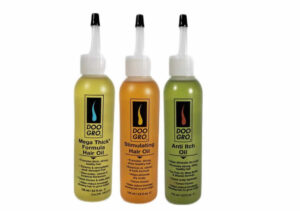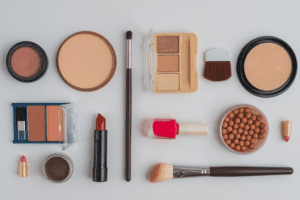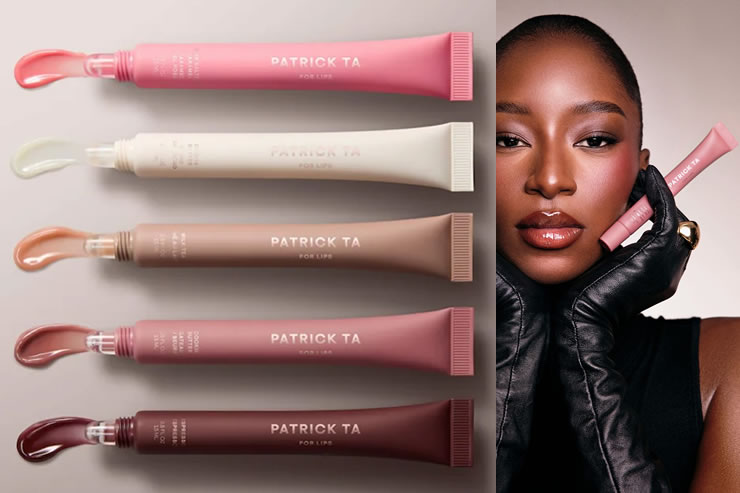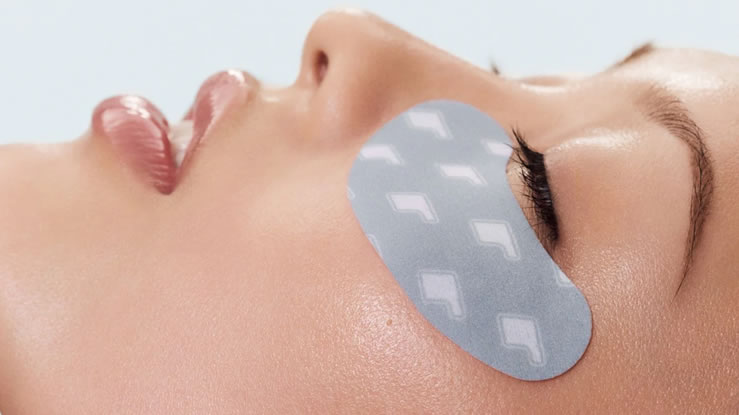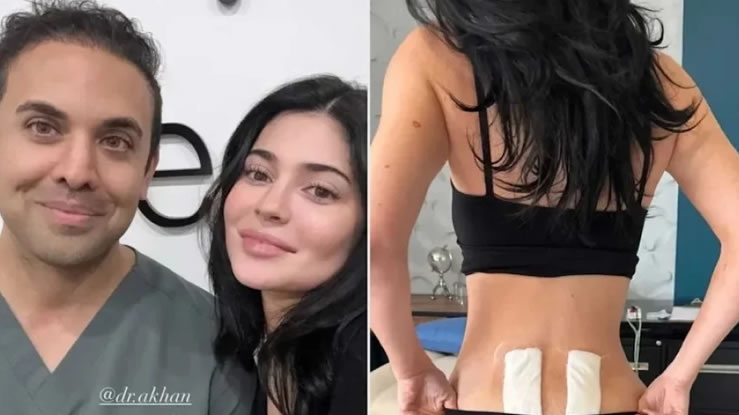The shape of the nose plays a significant role in how we perceive facial beauty and harmony. For many people, a slimmer, more refined nose can enhance balance and confidence. Whether it’s due to genetics, past injury, or simple personal preference, the desire for a more sculpted nasal appearance is common. The question is, can surgery truly slim your nose, and if so, what does that involve?
Nose surgery, medically known as rhinoplasty, is one of the most sought-after cosmetic procedures worldwide. It has the power to change the nose’s size, shape, and proportion to complement other facial features. But slimming the nose is a specific goal that requires precision and an understanding of both anatomy and aesthetics. While non-surgical techniques exist, such as fillers or contouring with makeup, these are temporary solutions. Surgery, on the other hand, can offer lasting and transformative results when performed by a skilled surgeon.
To understand how nose slimming surgery works, it helps to first know what determines the width and shape of the nose. The nose is made up of bone, cartilage, and soft tissue. The upper third of the nose consists mostly of bone, while the lower two-thirds are made of flexible cartilage that gives shape to the nasal tip and nostrils. Some people have naturally wider nasal bones or thicker cartilage, which makes the nose appear broader. Others may have a bulbous tip or wide nostrils that contribute to a fuller look.
Slimming the nose surgically often involves modifying one or more of these components. Depending on the individual’s goals, the surgeon may reshape the nasal bones, refine the tip, or reduce the size of the nostrils. The key is achieving proportion without compromising function. The nose is not only a central aesthetic feature but also an essential organ for breathing, so structural integrity must always be preserved.
Understanding Rhinoplasty and Its Purpose
Rhinoplasty is a surgical procedure performed to alter the nose’s form, improve breathing, or both. When done for cosmetic reasons, it can address concerns such as a wide bridge, large tip, asymmetry, or flared nostrils. When done for medical reasons, it can correct structural problems like a deviated septum or nasal collapse that affect airflow. A well-performed rhinoplasty enhances facial balance by bringing the nose into harmony with the eyes, lips, and chin.
Slimming the nose through rhinoplasty can involve several techniques, depending on which area of the nose is being addressed. For example, if the upper bridge appears wide, the surgeon may perform controlled fractures known as osteotomies to narrow the nasal bones. If the tip is broad or bulbous, the surgeon may refine or trim the lower cartilage for a more delicate shape. If the nostrils are flared, an alar base reduction can be performed to subtly decrease their width. Each approach is customized to the individual’s facial anatomy and aesthetic goals.
What to Expect During Nose Slimming Surgery
The process begins with a detailed consultation. During this appointment, the surgeon evaluates the shape, size, and symmetry of your nose and how it relates to your overall facial features. They may use digital imaging to show potential outcomes, helping you visualize what slimmer proportions could look like. You will discuss your concerns, expectations, and any functional issues such as breathing difficulty.
The surgery itself is usually performed under general anesthesia and takes between one to three hours, depending on complexity. There are two main approaches: open and closed rhinoplasty. In an open rhinoplasty, a small incision is made at the base of the nose between the nostrils to allow better visibility and precision. In a closed rhinoplasty, all incisions are hidden inside the nostrils, which can reduce visible scarring and shorten recovery time. The choice depends on the surgeon’s technique and the specific modifications needed.
Once the necessary changes are made, the surgeon carefully repositions the tissues and closes the incisions with fine sutures. A small splint may be placed on the nose to maintain its new shape and protect it during the initial healing phase. Patients are usually able to go home the same day, though they will need to rest and follow post-operative instructions closely.
Recovery After Nose Slimming Surgery
Recovery is a gradual process that varies for each person. In the first few days after surgery, swelling, bruising, and mild discomfort are normal. Most patients can resume light activities after a week, but full recovery and final results can take several months. The swelling usually peaks within the first week and then gradually subsides over time, revealing the refined shape.
It is important to follow your surgeon’s aftercare guidelines carefully. Avoid strenuous exercise, heavy lifting, or wearing glasses directly on the nose until cleared by your doctor. Sleeping with your head elevated and using cold compresses can help minimize swelling. Most importantly, patience is key. Because the nose is a delicate structure, subtle changes continue to occur as tissues heal and settle into their new form.
Can Rhinoplasty Make a Nose Look Naturally Slim?
A common concern among patients is whether rhinoplasty results will look natural. The goal of a good rhinoplasty is not to make the nose appear surgically altered but to create balance that enhances the rest of the face. A skilled surgeon considers ethnicity, facial structure, and skin thickness when planning the procedure. For instance, thicker skin can limit how refined the results appear, while thinner skin can make underlying structures more visible.
Slimming the nose doesn’t necessarily mean making it dramatically smaller. It’s about refining width, reshaping contours, and achieving harmony. A natural-looking result maintains your unique features while creating a more symmetrical and proportionate appearance. When performed correctly, most people will notice that your face looks more balanced but won’t immediately pinpoint that you had surgery.
What Areas of the Nose Can Be Slimmed?
-
The bridge: If the nasal bridge is too wide, bone reshaping can narrow it for a more delicate appearance.
-
The tip: A bulbous or rounded tip can be refined by reshaping the cartilage.
-
The nostrils: Alar base reduction can make wide or flared nostrils less prominent.
-
The dorsum: Some people have an overall broad nasal profile that can be adjusted for balance.
These modifications can be done individually or combined depending on your specific concerns. The surgeon’s goal is always to enhance proportion, not to dramatically change your appearance unless that’s your explicit preference.
Non-Surgical Nose Slimming Options
While surgery offers permanent results, not everyone is ready for it. Some people opt for non-surgical rhinoplasty, which involves using dermal fillers to reshape and contour the nose temporarily. Although this can make the nose appear more symmetrical or smooth bumps, it cannot physically slim the nose. In some cases, filler placement can create the illusion of a slimmer appearance by straightening or defining contours.
Non-surgical treatments require minimal downtime and can last from six months to two years, depending on the filler type. However, they are not substitutes for surgical reshaping. If your goal is to permanently narrow or slim the nose, surgery remains the most effective method.
Risks and Considerations
As with any surgical procedure, rhinoplasty comes with risks. These can include infection, bleeding, scarring, asymmetry, or difficulty breathing. Choosing a qualified and experienced surgeon significantly reduces these risks. It is crucial to have realistic expectations and understand that no nose is perfectly symmetrical.
Additionally, the healing process can take time. Because swelling can obscure the final shape for months, patience is essential. Communicating openly with your surgeon and following post-operative instructions will help you achieve the best possible outcome.
Cost of Nose Slimming Surgery
The cost of rhinoplasty varies depending on the surgeon’s expertise, the complexity of the procedure, and the location of the clinic. In general, prices can range widely across regions. Since it’s considered a cosmetic procedure, it’s usually not covered by insurance unless performed for medical reasons such as correcting breathing issues. During your consultation, your surgeon will provide a detailed cost estimate, which includes surgical fees, anesthesia, facility costs, and follow-up visits.
Is Rhinoplasty Right for You?
The decision to undergo rhinoplasty should be personal and well-considered. It’s ideal for individuals who are physically healthy, have completed facial growth, and have realistic expectations about results. During the consultation, your surgeon will evaluate your goals and determine if surgery is appropriate. They will also explain what changes are achievable and how to maintain a natural appearance.
If you are primarily concerned with the width or bulkiness of your nose, surgical slimming can be a highly effective solution. However, it’s not just about making the nose smaller. It’s about crafting a balanced look that complements your unique features and enhances overall facial aesthetics.
Long-Term Results and Maintenance
Once healed, rhinoplasty results are long-lasting. The newly sculpted nasal framework remains stable for many years, though minor changes can occur due to aging or environmental factors. Maintaining good skin care and avoiding trauma to the nose will help preserve results. For most people, the confidence gained from a more refined nose is a lifelong benefit that makes the careful decision and recovery worthwhile.
Yes, you can slim your nose with surgery, and rhinoplasty offers one of the most effective and lasting ways to achieve that goal. The procedure can refine the bridge, tip, and nostrils to create a more harmonious and balanced facial appearance. However, achieving natural results depends on the skill of the surgeon, realistic expectations, and proper aftercare.
Nose slimming through surgery is not just about aesthetics—it’s about confidence, self-expression, and feeling comfortable in your own skin. Whether you seek subtle refinement or a more noticeable transformation, consulting a qualified and experienced plastic surgeon will ensure your journey is safe, informed, and rewarding.
Related Article








